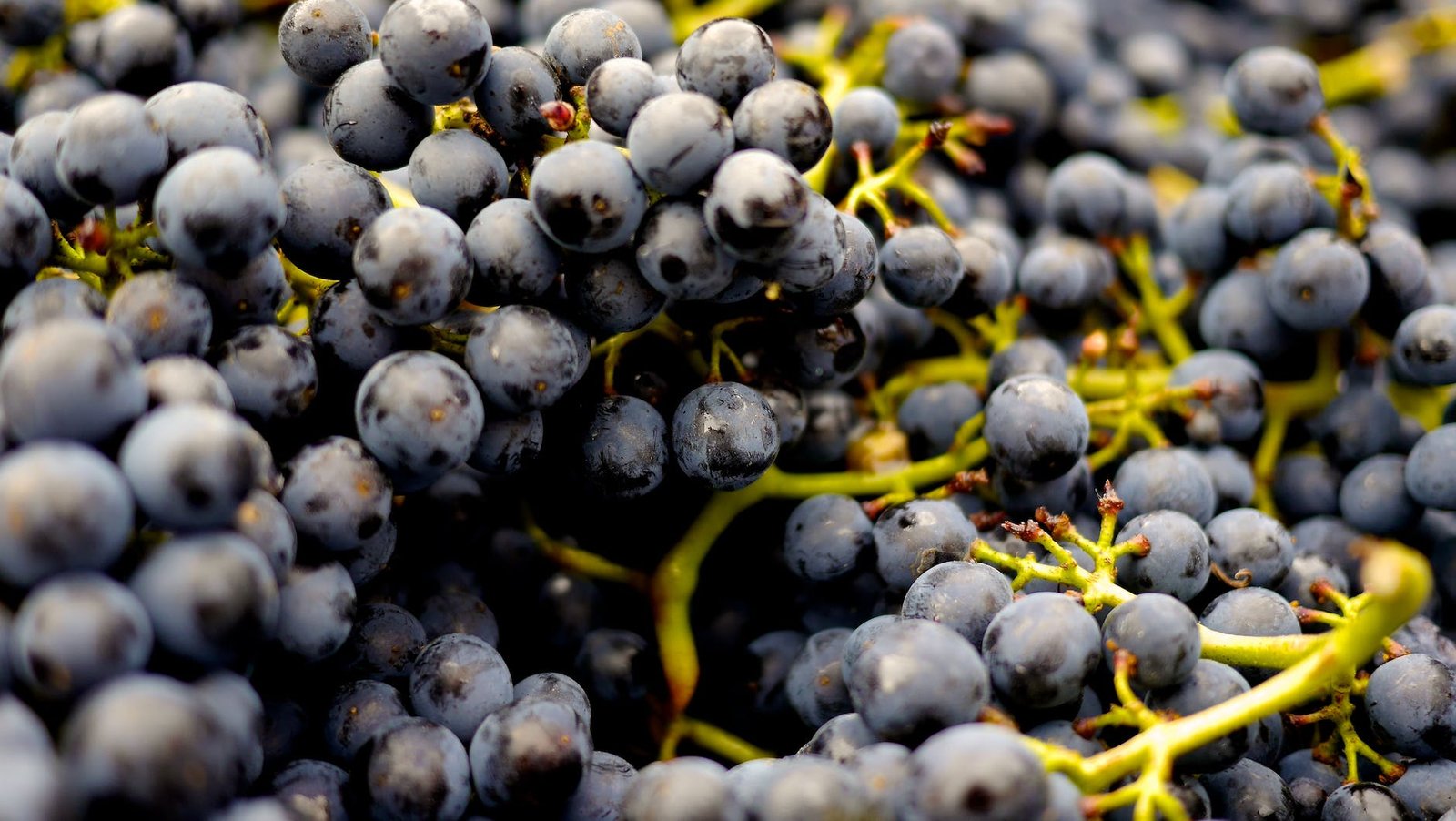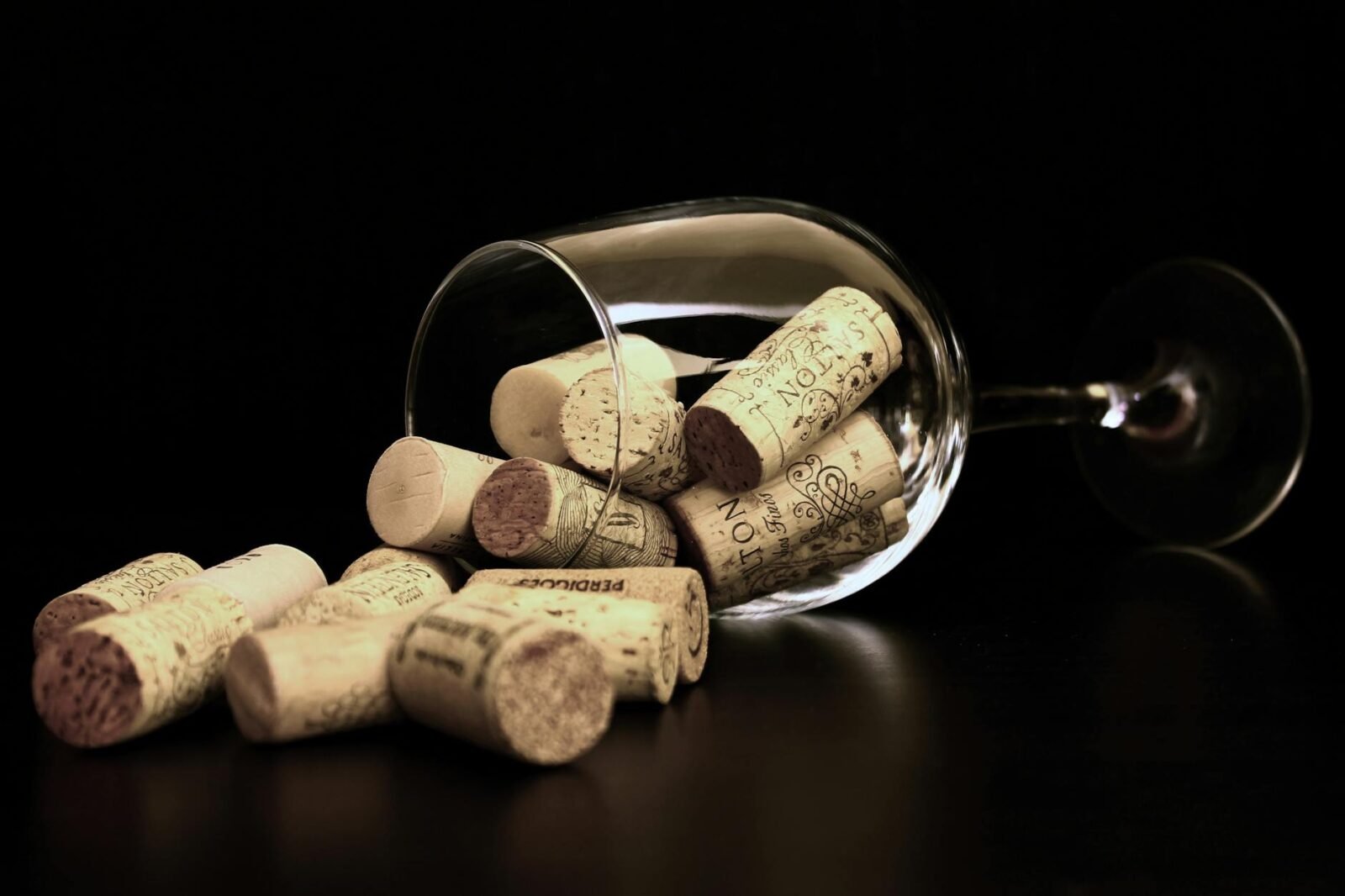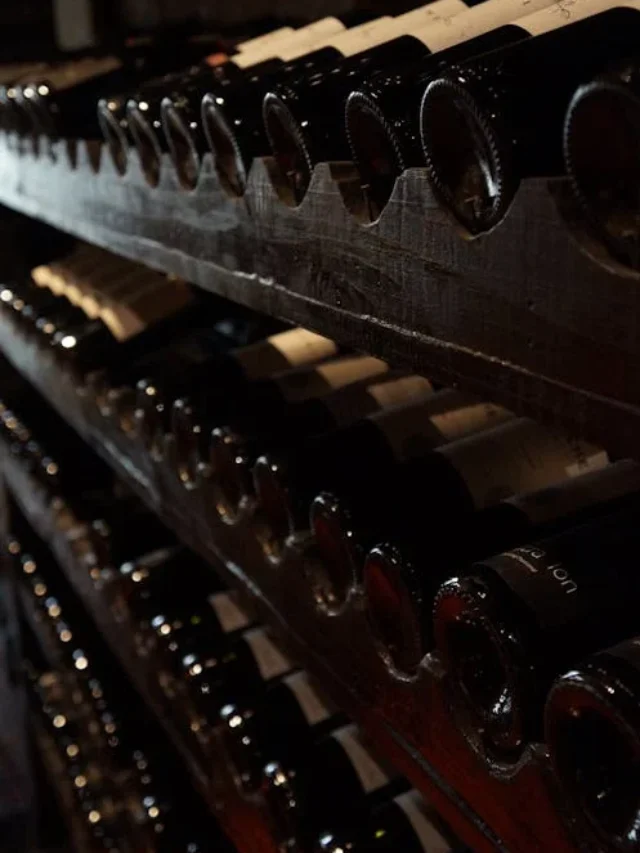Last Updated on May 23, 2024 by Daniele Lima
The Benefits of Non-Alcoholic Wines for the Moderate Consumer (Dealcoholized wine)
As the search for a balanced and healthy lifestyle becomes increasingly common, the wine industry responds with an important innovation, alcohol-free wines. Far from simply being an option for those who want to avoid alcohol, these wines offer a unique sensorial journey, maintaining the complexity and distinctive flavors of the traditional drink.
In this article we explore the appeal and benefits of non-alcoholic wines, delving into an experience that challenges habits, satisfies even the most demanding palate, and meets the needs of the moderate consumer who wants to enjoy a balanced, uncompromising taste experience and health.
After reading this article, if you haven’t yet enjoyed this experience, I’m sure you’ll be at least curious to do it!
Table of Contents
What is dealcoholized wine?
Non-alcoholic wine is a drink that removes the alcohol and preserves the other ingredients and sensory characteristics of traditional wines. This process is normally carried out using vacuum distillation or membrane filtration techniques, which allow the removal of alcohol without significantly affecting the flavor, aroma, and structure of the wine.
The result is a drink that maintains the complexity and elegance of traditional wines, but with the alcohol content reduced to an insignificant amount, generally less than 0.5% by volume. These are the details that differentiate it from whole grape juice. These wines offer an attractive alternative for those who want to enjoy the pleasures of wine tasting without the effects of alcohol, making them ideal for a variety of occasions, from social gatherings to moments of personal relaxation.
Is dealcoholized wine safe?

Non-alcoholic wine is considered safe for consumption as long as it is produced in accordance with relevant hygiene and food safety standards. The alcohol removal processes are carried out in a controlled and safe way, which ensures that the other beneficial components of the wine, such as antioxidants and aromatic compounds, remain intact. Furthermore, when the alcohol content is reduced to a minimum level, the risks associated with excessive alcohol consumption almost disappear.
It’s important to note that while non-alcoholic wine is safe for most people, those with medical restrictions on alcohol consumption should consult a doctor before adding it to their diet. However, for most consumers, non-alcoholic wine offers a safe and delicious alternative to enjoying the taste experience without the effects of alcohol.
Wine dealcoholization
The wine dealcoholized process is a delicate and complex process that aims to remove the alcohol while preserving the flavor and integrity of the other components of the drink. Various methods are used to achieve this goal, with the two most common being vacuum distillation and membrane filtration.
Vacuum distillation heats the wine under controlled vacuum conditions, which lowers the boiling point of the alcohol, allowing it to be removed without damaging the other volatile compounds responsible for the wine’s aroma and flavor. This process is carried out at low temperatures to avoid denaturation of sensitive components.
In membrane filtration, wine is forced through porous membranes that trap alcohol molecules while allowing other components to pass through. This method effectively removes the alcohol gently without significantly affecting the wine’s sensory profile.
Regardless of the method chosen, it is important to ensure that the alcohol removal process is carefully controlled to avoid losing the desired aromas and flavors while maintaining the quality of the final product. After removing the alcohol, the dealcoholized wine is stabilized and bottled so that anyone who wants to enjoy a glass of wine without the effects of alcohol can enjoy it safely.
What does dealcoholized wine taste like

The taste of non-alcoholic wine is a fascinating and versatile aspect that defies traditional expectations. Despite removing the alcohol, these wines retain much of the complexity and depth of flavor of traditional wines.
These drinks have preserved the typical aromas of fruits, flowers, and herbs from the grapes used in production. Furthermore, the structure and body of the wine have been carefully preserved, providing a balanced and rewarding sensorial experience.
The alcohol-free process can actually enhance certain aspects of flavor and reveal subtle nuances that may be missing in high-alcohol wines. Removing the alcohol often allows other elements like acidity and tannins to shine, adding more complex layers to the flavor profile.
It is important to note that the taste of non-alcoholic wines can vary depending on the alcohol extraction technique used, the grape varieties used, and the winemaking process itself. Overall, however, non-alcoholic wines offer a surprisingly rich and satisfying sensory experience, proving that wine tasting can be enjoyed without compromising balance and health, making it an increasingly sought-after option for many.
What does a good dealcoholized red wine look like?
To strictly follow a quality standard of excellence, non-alcoholic red wines are made from several selected grapes that undergo alcohol removal, carefully controlled to preserve their aromatic and delicious nature. The color of this wine is deep and intense, with attractive aromas of ripe red fruits, subtle spices, and notes of toasted oak that add complexity to the packaging.
The mouth reveals a soft, velvety structure with smooth, well-integrated tannins, which provide a pleasant and balanced sensation. The palate is rich and enveloping, with layers of ripe fruit, earthy notes, and a long, persistent finish that evokes each sip.
Non-alcoholic red wine, which has all these characteristics, stands out not only for its sensorial quality but also for its ability to provide a complete and satisfying taste experience without compromising health or personal balance. It is the perfect choice for those who want to enjoy the pleasure of red wine without the effects of alcohol, elevating each occasion to a new level of sophistication and innovation.
What does a good dealcoholized white wine look like?
A good non-alcoholic white wine should maintain many of the characteristics of a traditional white wine, such as aroma, flavor, and structure, but with the alcohol removed.
It should contain typical aromas of white fruits such as green apple, peach, pineapple, or citrus fruits.
Acidity is an important part of the flavor of white wine, giving it vivacity and freshness. It must be balanced even without alcohol to maintain its refreshing character.
The transparency of non-alcoholic white wine should be clear and shiny, similar to traditional wine.
Although alcohol can contribute to the complexity of traditional wines, a good de-alcoholized white wine should still have interesting layers of flavor, fruity, floral, and mineral. Its final flavor must have a clean and fresh finish, without any unpleasant aftertaste.
Even without alcohol, a good non-alcoholic white wine must have a balanced structure, medium body, and pleasant flavor, and if it is a dessert or semi-sweet wine, it is important that the sweetness is also balanced.
Conclusion: Discovering the secrets of guilt-free pleasure: alcohol-free wines as a bridge between flavor and well-being
On this sensorial journey through non-alcoholic wines, we delve into a universe of captivating aromas, complex flavors, and sensory experiences that defy traditional expectations. We discovered that non-alcoholic wines are not just a choice, but a celebration of guilt-free pleasure, where the act of tasting meets a commitment to health and personal balance.
From full-bodied reds to refreshing whites and vibrant rosés, each sip takes us on a journey of discovery, where the low alcohol content does not compromise quality and refinement. The benefits of non-alcoholic wines for the moderate consumer are undeniable: a safe and delicious way to enjoy taste experiences without the side effects of alcohol.
As we say goodbye to this trip, we take with us not only a new appreciation for non-alcoholic wines but also a deeper understanding of how we can balance the desire to taste and take care of our well-being. May these wines continue to inspire us not only to enjoy the present but also to create a future where pleasure and health go hand in hand in perfect harmony. A toast to health and pleasure combined in one glass!
Dealcoholized Wine – FAQ:
How many glasses of wine are in a bottle
A standard bottle of wine contains 750 ml. It is generally accepted that a glass of wine is 5 ounces (about 150 milliliters). Therefore, one bottle of wine often replaces five glasses. This will vary slightly depending on the size and type of wine used, but in the wine industry, the standard estimate is five servings per bottle.
How many calories are in a bottle of wine
The number of calories in a bottle may vary depending on the type and content of alcohol. On average, a standard 750ml bottle of wine contains approximately 600-625 calories. This estimate is based on an average of about 125 calories per 5 ounces of wine. Wines with higher alcohol content or residual sugar have more calories, while lighter wines have fewer calories.
How long can wine last opened
Once opened, a bottle of wine will generally last 3-5 days when stored in the refrigerator with a cork or wine stopper. While red wine lasts longer due to its high tannin content, red wine can lose its bubbles faster. The important thing is to minimize the alcohol’s exposure to air to preserve its flavor and prevent oxidation.
What is a dry white wine
Dry white wine is a wine that contains a small amount of sugar, so it does not taste sweet. Examples of dry white wines include Sauvignon Blanc, Pinot Grigio, Chardonnay and Albariño. These wines often contain citrus, green apples, and other fruits, as well as acidity and finish. Due to its quality, dry white wine pairs well with many foods, especially seafood and lighter dishes.










Leave a Reply